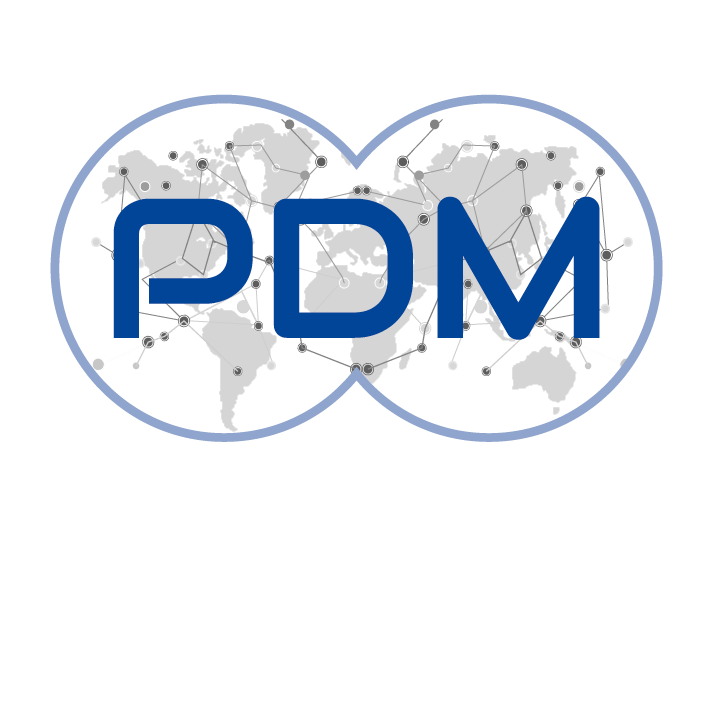Page content
Report: Debt Transparency in Developing Economies
Debt Transparency in Developing Countries provides a detailed look at debt reporting in low-income developing countries (LIDCs)—many of which are facing record-high debt levels exacerbated by COVID-19—to inform stakeholders in sound and transparent debt management. Drawing from new databases and surveys, the report found that nearly 40 percent of LIDCs have never published debt data on their websites, or they have not updated their data in the last two years.
When debt data is available, the report notes that it tends to be limited to central government loans and securities, excluding other public sector components and debt instruments. For some LIDCs, debt data disclosed across various sources show variations equivalent to as much as 30 percent of a country’s gross domestic product—often because of differing definitions and standards and recording errors. These challenges leave LIDCs open to the dangers of inadequate debt transparency—such as the risk of debt distress and delayed debt restructurings—and threatens the ability of countries to overcome the pandemic and generate a green, resilient and inclusive recovery. Additionally, without clarity of the extent of their indebtedness, governments would be unable to make sound decisions about borrowing.
The study outlines a new way forward for national policymakers, debt-management offices, and international financial institutions, and notes the urgent need for reform in the wake of COVID-19. Declining revenues and wider public-sector deficits have increased the risk that unreported liabilities will emerge and make it difficult for these countries to service or restructure their debt.
Today, 44% of low-income countries face a high risk of debt distress and 12% are already experiencing it. Countries that cannot access international bond markets increasingly rely on off-budget transactions, opaque collateralized debt instruments, and non-market-based domestic issuances—or they run arrears that go unreported.
High-priority recommendations include:
- Develop a sound public debt management legal framework to establish clear debt authorization provisions, and requiring the disclosure of public debt information, regulating its content and frequency and making it easily accessible to all stakeholders
- Publish core public and publicly guaranteed debt statistics at the general government level annually, including information on individual debt instruments contracted
- Limit and define the scope of confidentiality clauses in borrowing, and refrain from those that require secrecy
- Develop and adopt strict analytical and monitoring processes for approval and implementation of resource-backed loans
- Provide a definition of public debt in line with international standards, announce the country’s debt management objectives, and provide a list of permitted debt instruments, transactions or sources of funding
This report is part of broader work being carried out by the World Bank’s Macroeconomics, Trade, and Investment Global Practice on the macroeconomic policies needed for sustainable financing of development objectives.



